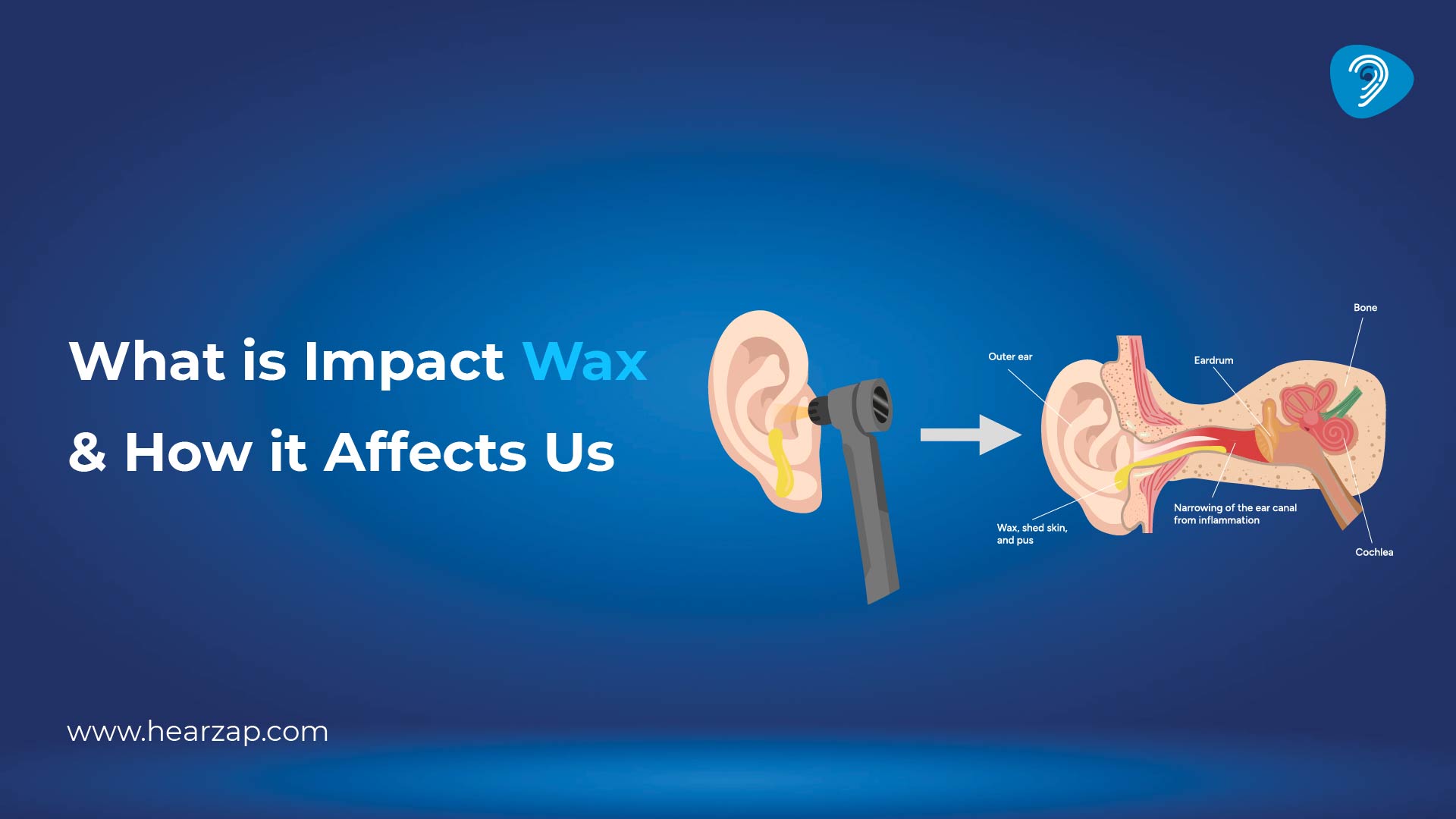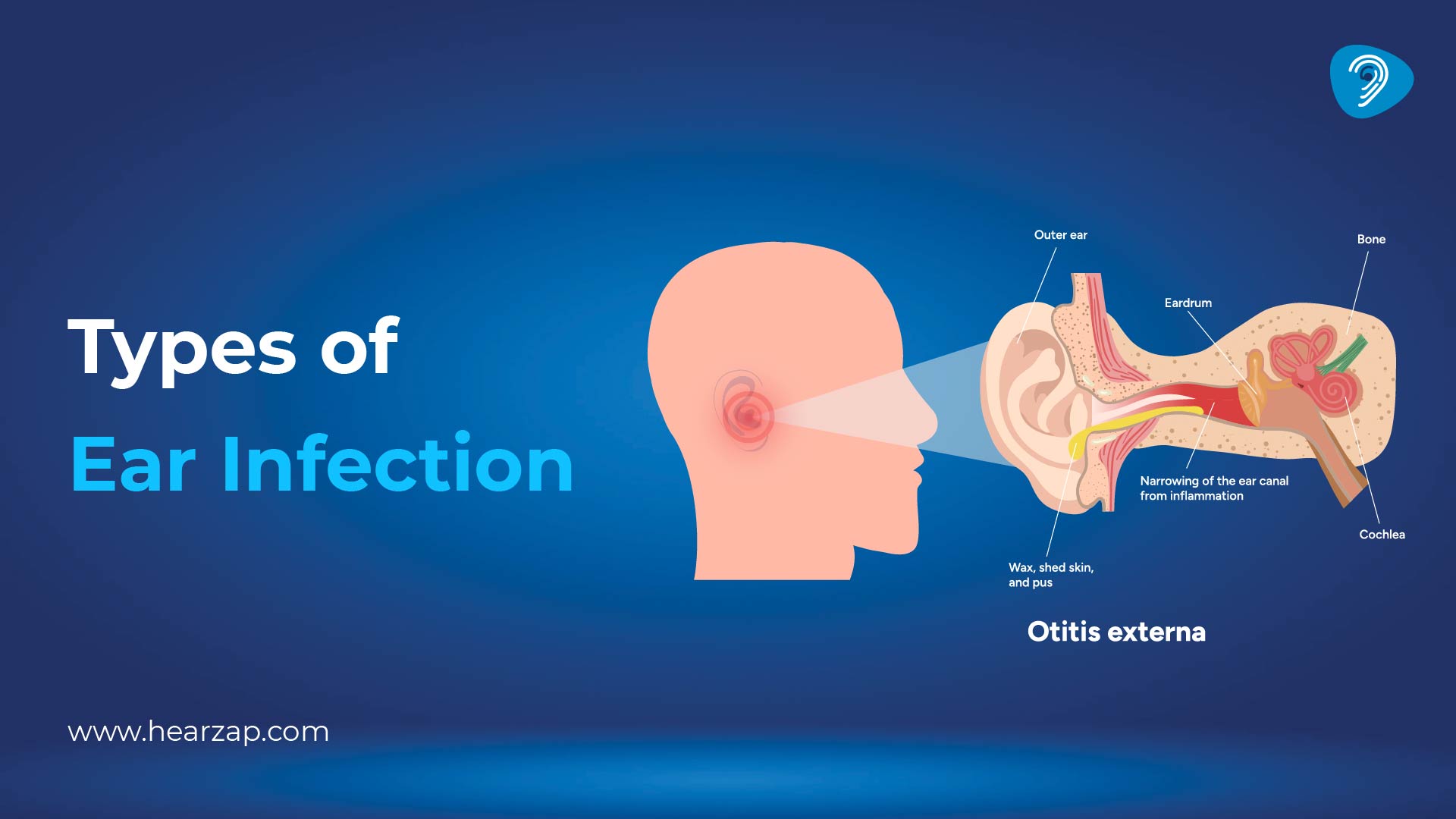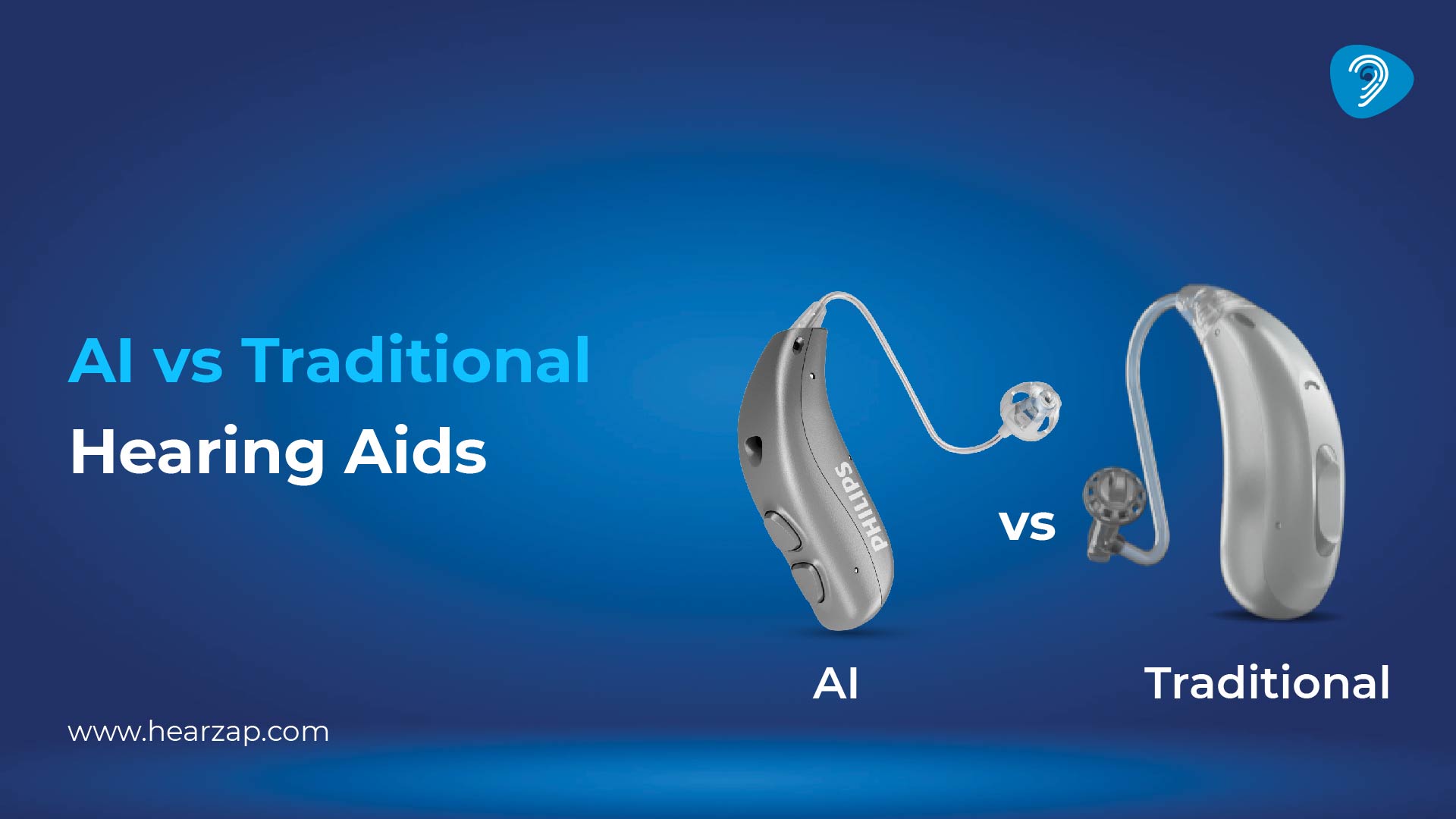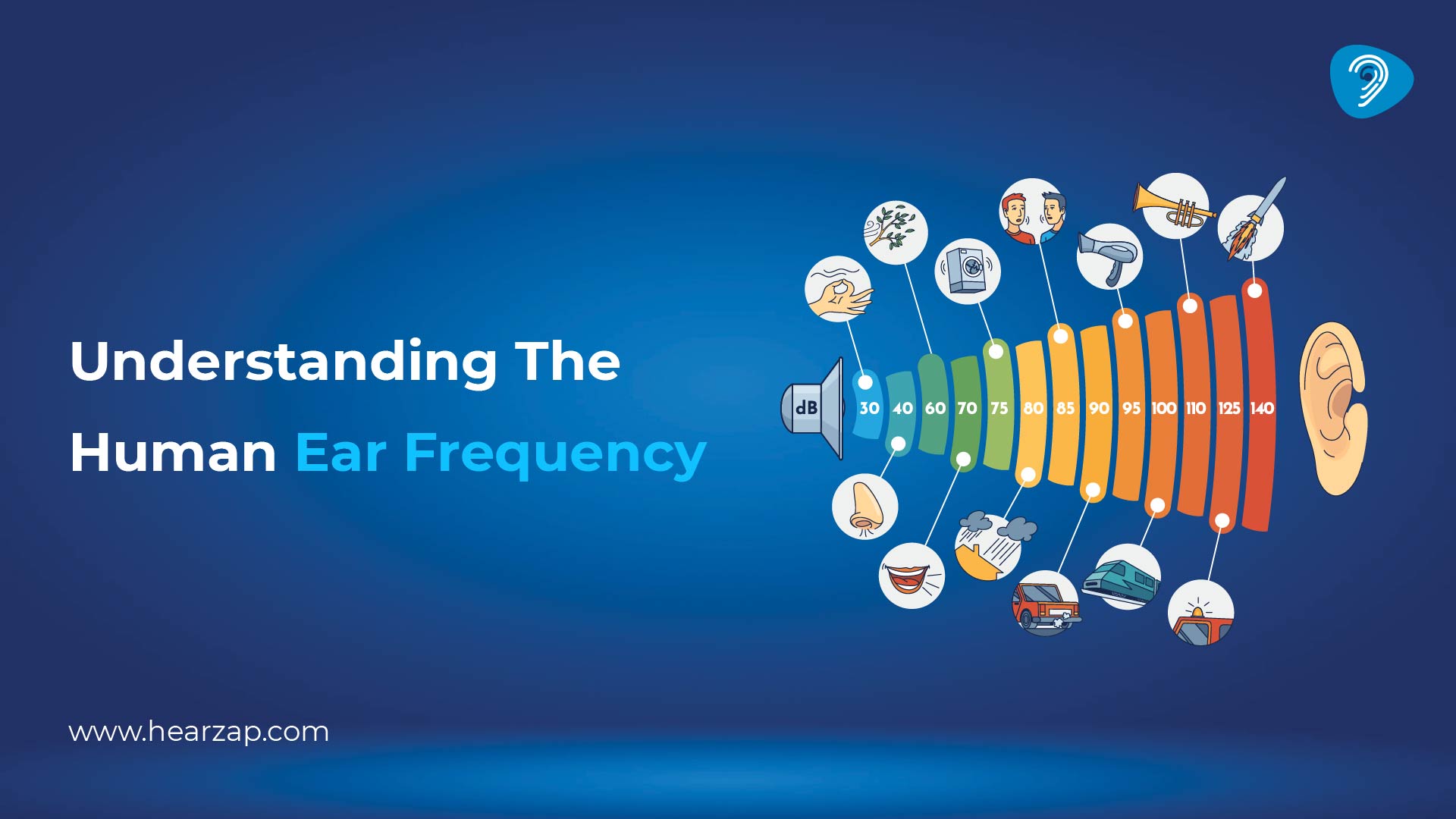Generic
Teleaudiology: The Future of Remote Hearing Care
By Team Hearzap | Oct. 17, 2025
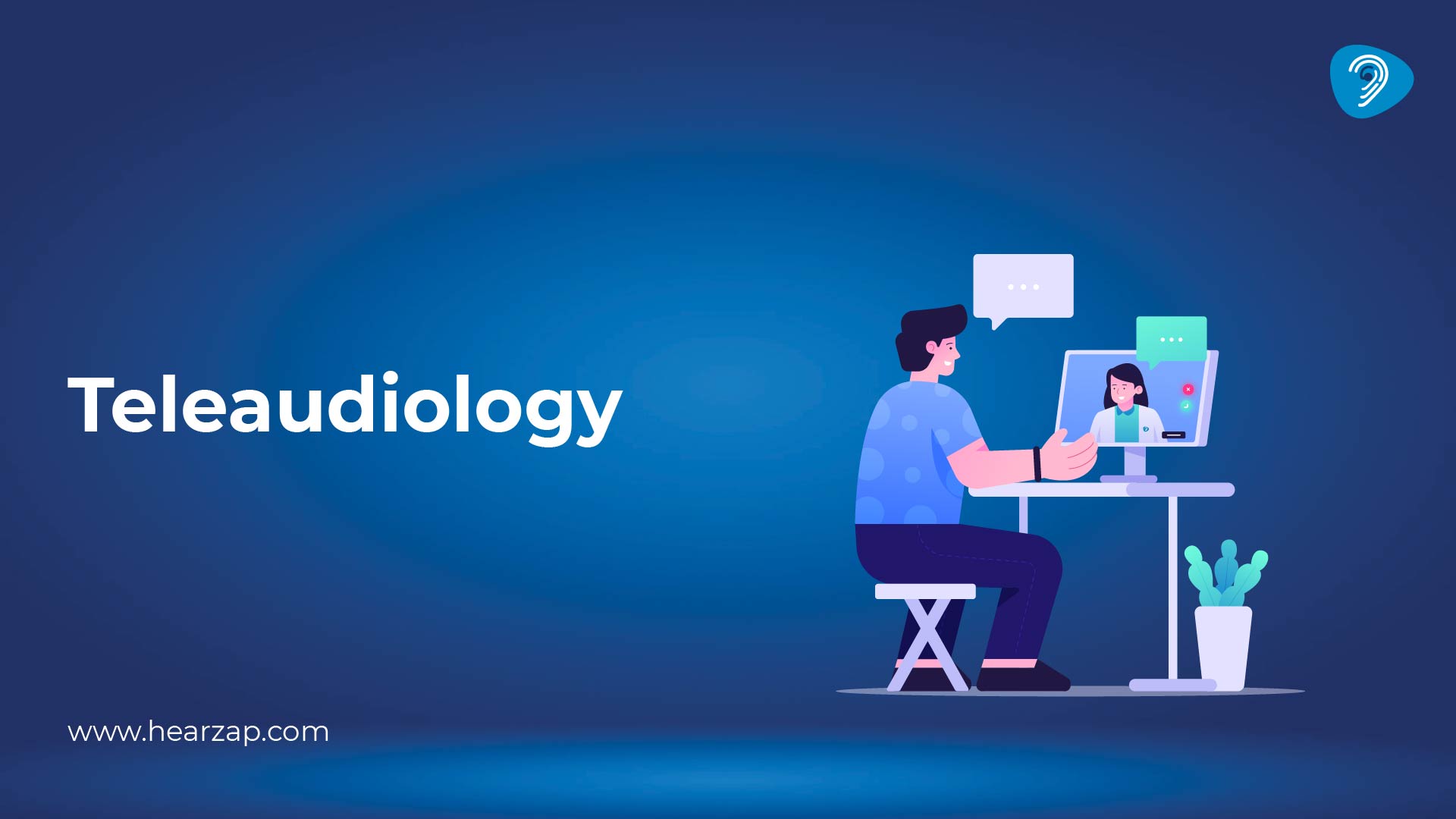
The way India approaches hearing care is changing. Families are busy, cities are crowded, and long travel is exhausting, especially for older adults and school children. Teleaudiology offers a remote pathway to connect people with qualified professionals using phones, laptops, and devices. It brings guidance to the living room, a clinic to the village, and follow-up to the workplace. This guide explains what teleaudiology means, how it works, where it helps, where it struggles, and how Indian families can use it well.
What Is Teleaudiology?
Teleaudiology refers to delivering audiology services remotely. Instead of only visiting a clinic, people can speak with an audiologist on a video call, share results, and receive coaching on using hearing aids. Remote care includes a hearing test, consultation, device selection, fitting support, troubleshooting, and long-term follow-up. In India, this approach is being explored by hospitals, community health programmes, and practitioners to reach people who face travel barriers or need flexible schedules.
How Teleaudiology Works
There are three layers to teleaudiology.
- Communication: Video calls or secure chat allow simple consultations, counselling, and coaching. Audiologists can discuss hearing loss, review lifestyle needs, and set expectations.
- Measurement:Remote screening tools include validated online hearing test modules and app-based questionnaires. Some clinics post calibrated headphones and small probes to the home. Hearzap makes this process simple, accessible, and technology-driven through its comprehensive digital hearing platform. Users can take a validated online hearing test that provides an accurate first assessment within minutes. For more detailed checks, Hearzap offers convenient home-based screening options, where calibrated headphones or small testing probes are delivered directly to the user’s address, ensuring professional-level precision and comfort. By combining innovation with ease of use, Hearzap empowers users to manage their hearing health confidently from the comfort of their home.
- Devices and support: For new users of hearing aids, remote sessions can cover pairing with a smartphone, fine-tuning through an app, care routines, and basic maintenance. Many modern devices allow remote adjustments where permitted by policy and training.
A typical flow looks like this. An individual books a slot, completes a pre-call form, and runs a quick hearing test on a phone with instructions and quiet room guidance. The audiologist reviews the questionnaire, meets on video, and suggests next steps. If a clinic visit is recommended, the person receives a referral with a checklist. If remote follow-up is enough, the plan may include app-based training and periodic check-ins.
Benefits of Teleaudiology
Convenience and Accessibility
For many families, time is the main barrier. Teleaudiology reduces travel, waiting rooms, and repeated leave from work. People in tier two and tier three towns may access specialists who sit in larger cities. Students can complete a screening during school health drives with parental consent. Older adults can receive coaching on hearing aids while staying at home. Care reaches people where they are.
Cost-Effectiveness
Remote visits can reduce indirect costs. Consider this example. A person living 40 kilometres from a clinic spends ₹600 on two-way travel and loses half a day of work worth ₹800. A remote consult with platforms like Hearzap that address quick questions may save ₹1,400 in a single interaction. Add two follow-ups and the savings grow. These are illustrative calculations, and actual costs vary. The idea is simple. When simple issues do not require a physical visit, teleaudiology can help families use time and money better.
Improved Patient Engagement
Teleaudiology can keep people engaged between clinic visits. Short videos and app reminders encourage cleaning of hearing aids, battery checks, and listening practice. Parents can message simple queries after a school screening. Busy professionals can schedule ten-minute check-ins without cross-city travel. Regular touch points lead to small adjustments that make devices feel more natural.
Challenges in teleaudiology
Remote care depends on reliable connectivity, a quiet room, and basic comfort with technology. Many homes face network drops, power cuts, or street noise. Low-cost earphones are not calibrated. Phone microphones pick up fans and traffic. Some devices allow remote tuning only within policy limits, and complex fittings may still need in-person verification. Trust is another factor. People new to teleaudiology may prefer to meet a professional once in a clinic before moving to mixed follow-ups. Data privacy and consent also matter, so providers usually follow clear policies and secure platforms.
Practical preparation helps. Choose the quietest room available and turn off the fan if the weather allows. Place the phone on a stand to keep it steady. Test your earphones beforehand. If a child is involved, plan the session at a time when the child is rested and not hungry. Keep a notebook for questions. These small steps often improve the quality of a remote hearing test and save repeat calls.
Teleaudiology vs Traditional Audiology
Both models serve important roles. The table outlines differences to help set expectations.
Hearzap offers both in-clinic and remote consultations, allowing clients to book whichever suits their schedule and comfort. Families often appreciate receiving a clear written plan that outlines which steps happen at home and which take place at the clinic. This clarity helps avoid confusion and sets realistic timelines for care.
Future of Remote Hearing Care
The field is moving fast. Three trends stand out for India.
- Smarter devices: New hearing aids pair with smartphones to log sound environments, share feedback, and receive setting updates after consent. Tiny sensors track wearing time and alert users to care routines.
- Flexible care networks: Health workers in rural clinics can host screening days using shared tablets, calibrated headphones, and support from city-based audiologists. Data syncs to cloud records for continuity.
- Personalised learning: Short, language-diverse videos and interactive modules explain hearing loss, device options, and everyday listening strategies. Families can learn together at home at their own pace.
Role of AI and Smart Devices
AI in audio processing powers modern noise reduction, feedback control, and speech enhancement. Within teleaudiology, AI may support triage, suggest next steps after a hearing test, or flag patterns that merit a closer look. Smart wearables capture sound exposure and prompt safe habits. None of this replaces professional judgement. These tools work best as helpers that give people timely nudges and give clinicians structured information during a consult.
Possible everyday uses include automatic reminders to wear devices for a minimum number of hours, contextual tips for crowded restaurants, and summary dashboards that show which settings are used. Over time, these insights may help users and clinicians plan changes more confidently, while still relying on in-person verification when needed.
Expanding Access to Rural Areas
India’s rural and semi-urban regions need practical models. Teleaudiology can fit into existing community health networks.
- Primary health centres can host monthly hearing test camps with school teachers and local volunteers.
- Accredited social health activists can help families set up phones, find a quiet room, and follow instructions.
- District hospitals can run virtual clinics that link to block-level kiosks for measurements and device demos.
- Language support matters. Training videos, checklists, and after-care messages can be provided in local languages with clear visuals.
When travel is required, the system can reduce the number of trips. A first virtual consult narrows the options. A single clinic visit then focuses on the essential diagnostic steps and device verification. Family members can join the video call from different locations, making decision-making easier for households that live across cities or countries.
Is Teleaudiology Right for You?
Use this simple checklist to decide the next step.
- You suspect hearing loss and want an initial hearing test before planning a clinic visit.
- You already use hearing aids and need help with pairing, cleaning, or small adjustments.
- You live far from a clinic and prefer to discuss concerns first on video.
- You are caring for a child or elder who finds travel tiring.
- You want to understand options and costs before arranging time off.
- You prefer explanations in your language and would like recordings of key tips to replay later.
- You want to track progress with simple goals such as wearing time, comfort, and clarity during calls.
If most points fit your situation, starting with a teleaudiology consultation may be practical. If you have ear pain, discharge, sudden change in hearing, dizziness, or other medical symptoms, a clinic visit is generally prioritised. When in doubt, ask for professional guidance and follow the plan that suits your safety and comfort.
Final Thoughts
Teleaudiology adds flexibility to modern hearing care. It brings support closer to homes and helps people stay engaged with their plan. It is not a one-size-fits-all solution and does not try to replace clinics instead, it complements them. With the right mix of remote and in-person steps, families can move forward at a pace that feels manageable. Hearzap brings this hybrid approach to life through its advanced teleaudiology platform, connecting users with certified audiologists for remote consultations, follow-ups, and personalized care plans. From online hearing tests to at-home fittings, Hearzap ensures expert guidance is always within reach. If you think you or a loved one may benefit, start your journey with Hearzap today book a free hearing consultation and take the first step toward better hearing health.
FAQs
Is teleaudiology effective?
It is used to deliver several parts of hearing care, including screening, counselling, and follow-up. Outcomes vary with connectivity, device quality, case complexity, and professional protocols. Many clinics combine virtual and in-person steps to match each case.
How do online hearing tests work?
An online hearing test typically plays tones at different volumes and frequencies through headphones. You tap when you hear a tone. Results give a screening view and may guide a decision about visiting a clinic. For a diagnosis, calibrated equipment and a sound-treated room are usually required.
What equipment do I need for a remote session?
A smartphone or laptop with a stable internet connection, good headphones, and a quiet space are common needs. Some programmes supply calibrated headphones or ask you to visit a nearby booth for parts of the process.
Can hearing aids be fitted remotely?
Many modern hearing aids allow remote adjustments after an initial evaluation. The extent depends on the specific device, local protocols, and your comfort. Basic coaching and fine-tuning can be handled on video, while verification steps may need a clinic.
Is my data safe during a virtual consultation?
Providers follow consent forms, secure platforms, and record-keeping practices. It is reasonable to ask how your information is stored, who can access it, and how long records are kept.
What if I am not good with apps and technology?
That is common. Family members, community health workers, or clinic staff can guide you through the setup. Short practice sessions help build confidence.
How often should I follow up if I use hearing aids?
Users often benefit from regular check-ins, especially during the first few weeks. Simple sessions can review comfort, wearing time, and common listening situations. Your schedule can be adapted to your needs.
Contact us
We are here for all your hearing needs, from hearing tests to hearing aids. Fill out the form below, and we will give you a call soon.
Please enter a valid mobile number with 10 digits.
Recent Blogs
By None | Dec. 4, 2025
By None | Dec. 2, 2025
By None | Nov. 28, 2025
By None | Nov. 27, 2025
By None | Nov. 26, 2025

